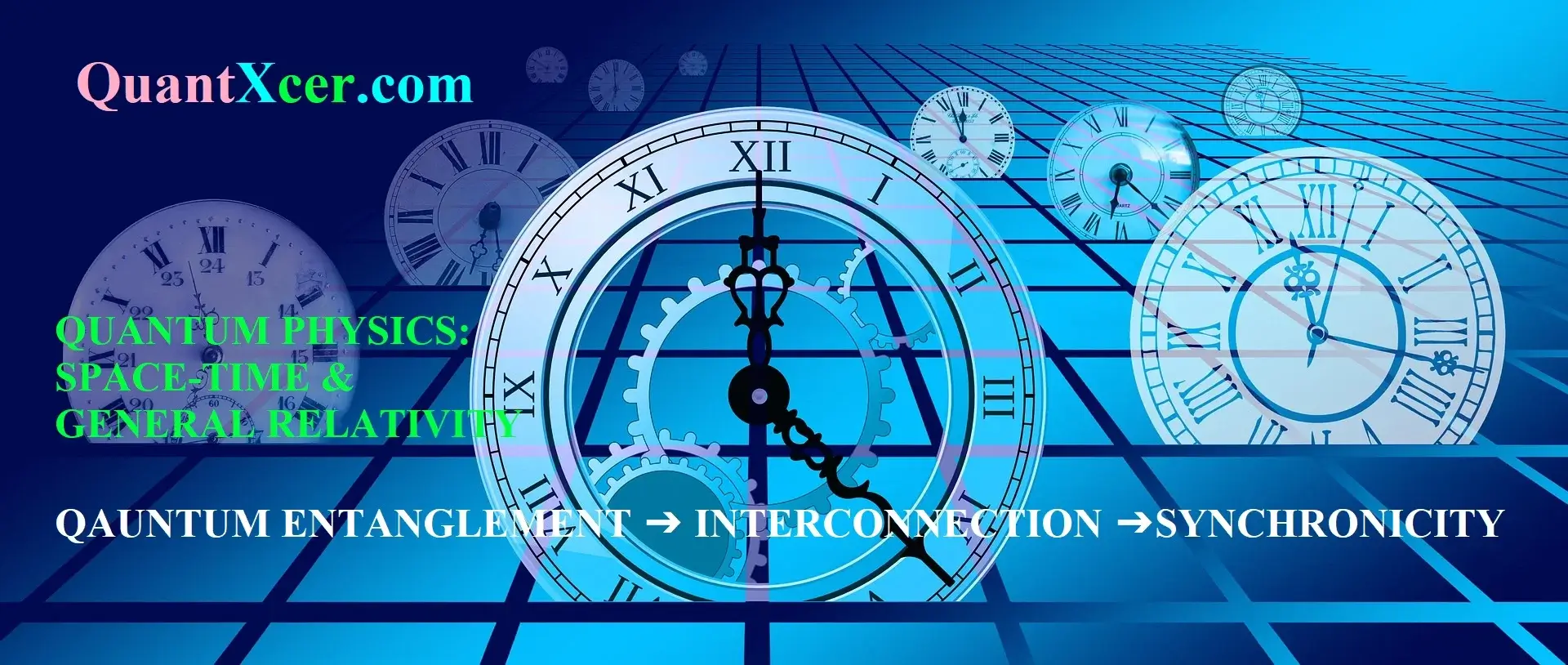How Large Structures In The Universe And Anomalies In The CMB (Cosmic Microwave Background Radiation) Could Be Linked By Loop Quantum Gravity
The LCDM model best describes our universe. That is an expanding cosmos containing dense clusters of cold dark matter and dark energy (Lambda) (CDM). Regular matter, which makes up planets, stars, and ourselves, is also strewn throughout the universe, although it only accounts for around 4% of it. The CDM model performs remarkably well because, while not knowing what dark matter and dark energy are, we do know how they act. There is only one minor issue.

The Hubble Constant, which measures how quickly the universe is expanding, and the baryon density parameter, which specifies the scale at which galaxies cluster together, are just two of the factors that define the LCDM. These parameters have been measured by numerous different experiments, and the results slightly diverge. For instance, the Hubble Constant obtained from studies of far-off galaxies is larger than the value obtained from the Cosmic Microwave Background (CMB). In the LCDM model, these differences are referred to as tensions. It is perhaps the biggest issue facing contemporary cosmology.
Looking to new experiments, like those using gravitational wave astronomy, is one method to deal with this issue. But so far, none of these have improved the situation. Another option is to focus on new physics, more especially, theories that go beyond the boundaries of the particle physics standard model.

The standard model of particle physics performs superbly, just as the LCDM model of cosmology. However, there are certain cues that suggest there might be more. For instance, the standard model has no particle that can explain dark matter. Therefore, models that go beyond the conventional model have been created by physicists. The most well-known of these is the string theory model family. However, there is a less well-liked theory called Loop Quantum Gravity (LQG).
Space and time in LQG models exhibit fundamental granularity at extremely small scales. In our daily lives or even in the high-energy experiments we conduct in contemporary particle accelerators, we would never detect this. This granularity would matter a lot, though, in the most intense parts of the cosmos, such the interiors of black holes or the initial seconds after the big bang.
Recently, a group examined the potential interactions of Loop Quantum Gravity with matter and energy during the big bang period. They discovered that the observed cosmic parameters would change as a result of cosmic expansion magnifying the structure of LQG in the early universe. Or, to put it another way, the tension we observe in the LCDM model may be the outcome of a cosmic dance between the incredibly small and the incredibly enormous.
That's all well and good, but that doesn't necessarily guarantee that the idea actually holds true. As a result, the team also looked for a strategy to set their model apart from competing ideas. They discovered that the Cosmic Microwave Background would bear witness to LQG's presence. In the CMB, clusters of minor oscillations that are not statistically random should be present if their hypothesis is accurate. There should be a discernible trace of the granular structure of space and time.
Future missions like the Cosmic Origins Explorer should be able to detect these changes even though they would be too small for satellites like Planck to see. If the research is correct, we may not only be able to unravel the riddle of cosmic tension but also enter a brand-new area of physics.
